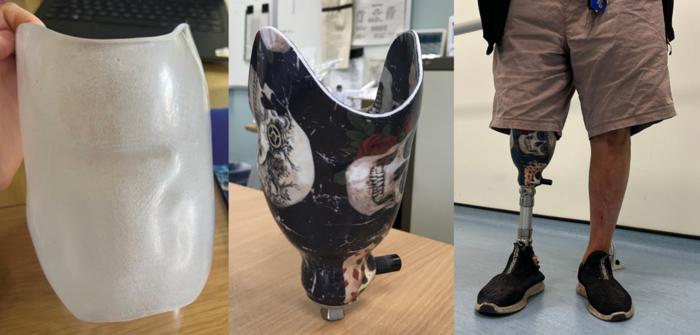Fewer than one percent of people who get the flu every year get tested, in part because most tests require trained personnel and expensive equipment. Now researchers have developed a low-cost paper strip test that could allow more patients to find out which type of flu they have and get the right treatment.
The test, developed by a team from the Broad Institute of MIT and Harvard and Princeton University, and supported by the US Centers for Disease Control and Prevention, uses CRISPR to distinguish between the two main types of seasonal flu, influenza A and B, as well as seasonal flu subtypes H1N1 and H3N2. It can also identify strains that resist antiviral treatment, and with further work, could potentially detect swine and avian flu strains, including H5N1, which is currently infecting cattle.
Appearing in The Journal of Molecular Diagnostics, the results could help improve outbreak response and clinical care by bringing tests that are accurate, low-cost, and fast to doctors’ offices and labs across the US and in other countries.
“Ultimately, we hope these tests will be as simple as rapid antigen tests, and they’ll still have the specificity and performance of a nucleic acid test that would normally be done in a laboratory setting,” said Cameron Myhrvold, co-senior author on the study along with Pardis Sabeti, an institute member at the Broad and a professor at Harvard University and the Harvard T.H. Chan School of Public Health.
- EUREKALERT







